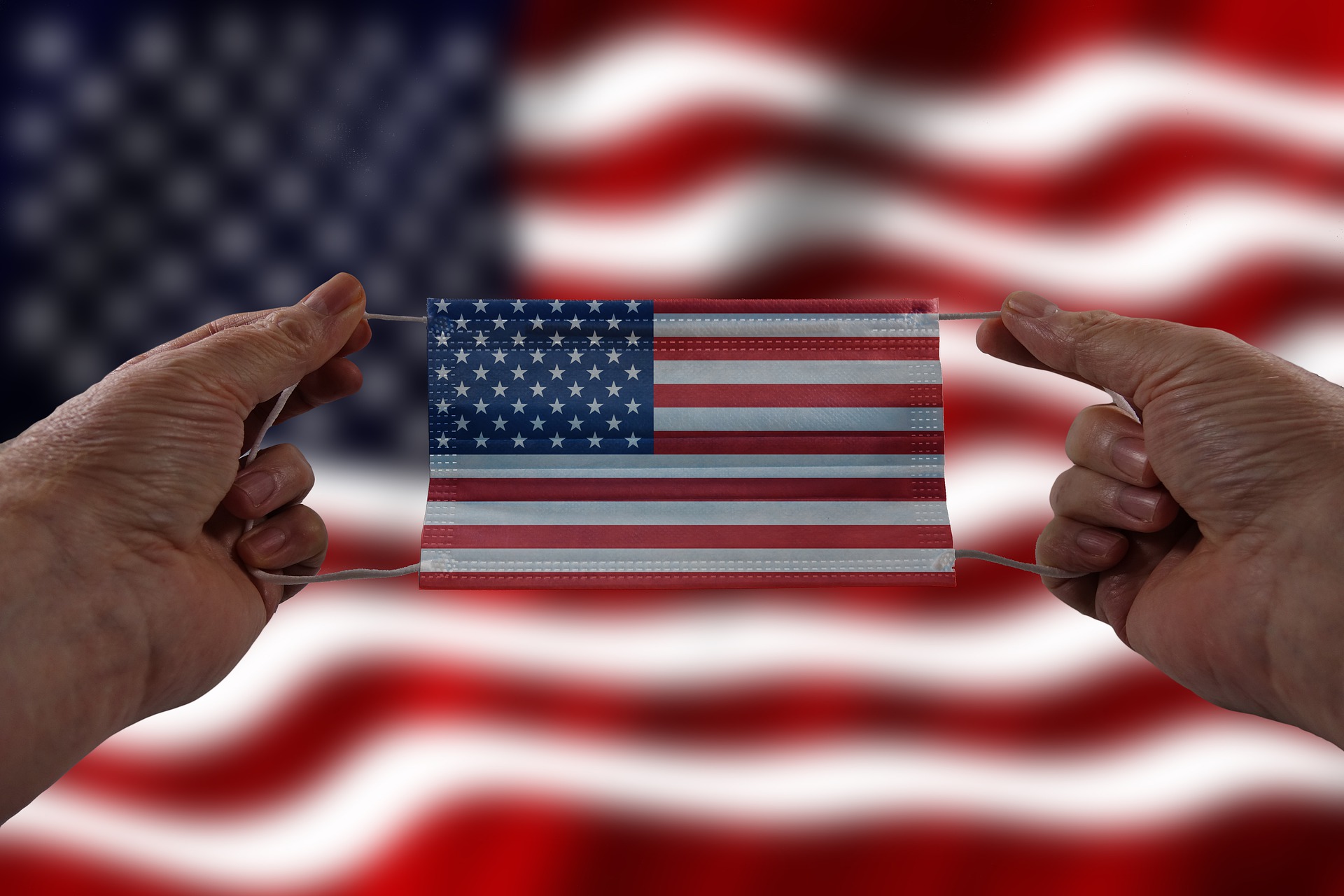During the COIVD-19 pandemic, there have been many reports of angry arguments between people who don’t want to wear masks or practice social distance and retail staff members trying to enforce local requirements. Some of these confrontations escalate to violence. The US Centers for Disease Control and Prevention (CDC) provide formal guidelines to retail businesses, offering ways for protecting workers by “Limiting Workplace Violence Associated with COVID-19 Prevention Policies in Retail and Services Businesses.” The remainder of this note describes CDC’s latest guidance.
Read MoreAudit, Compliance and Risk Blog
Tags: Health & Safety, OSHA, Workplace violence, Coronavirus, CDC, Covid-19, CCOHS
During 2020, the Trump Administration has seized on the economic disruptions from the COVID-19 pandemic as the latest of its many rationales for easing environmental regulations. In May, the President issued an executive order (EO) directing agencies to “support the economic response to the COVID–19 outbreak” (EO 13924 “Regulatory Relief To Support Economic Recovery”; I discussed it HERE). That EO included directions to the Office of Management and Budget (OMB) to receive reports from individual federal agencies about their regulatory and enforcement responses, and authorized OMB to issue guidance. On August 31, 2020, OMB issued a “Memorandum for the Deputy Secretaries of Executive Departments and Agencies – Implementation of Section 6 of Executive Order 13924” (Memorandum M-20-31; called “the Memo” below) offering this guidance.
Read MoreTags: Health & Safety, Coronavirus, Covid-19, OMB, Executive Order, Memorandum M-20-31, Economy, Administration Guidelines, EO 13924
Virginia adopts first standard specifically requiring workplace protections against COVID
Posted by Jon Elliott on Wed, Jul 22, 2020
In recent months, worker protection and public health agencies have issued increasingly stringent and detailed guidelines for employers to follow to reduce worker exposures to COVID-19. I’ve written about a number of these, including HERE and HERE. Over the same months, many workplaces have also been affected by state and local government mandates designed to protect public health in places the public (at least previously) frequent – these include temporary closures of many types of organizations, and restrictions such as masks at others.
Read MoreTags: Health & Safety, Coronavirus, CDC, Safety and Health at Work, Covid-19, VOSH, DOLI, PPE, Virginia
On June 18, 2020, the U.S. Occupational Safety and Health Administration (OSHA) issued new guidance to assist businesses deemed “non-essential” during the COVID-19 pandemic as they reopen their workplaces. OSHA’s new “Guidance on Returning to Work” sets forth a number of basic principles that OSHA recommends guide employer actions, including specific examples. The document also reminds readers that responsibilities always apply under OSHA’s Employer’s General Duty Clause, references a number of existing OSHA standards that apply to re-opening activities and reopened workplaces, and identifies other sources of guidance and requirements.
Read MoreTags: Health & Safety, OSHA, EEOC, Coronavirus, CDC, Covid-19, Back-to-Work
President Trump directs agencies to ease regulations to ease economic burdens of COVID-19
Posted by Jon Elliott on Wed, Jun 24, 2020
President Trump has issued the latest in a series of executive orders (EOs) to reduce and repeal formal federal regulations. This month’s EO directs federal agencies to do so in order to “support the economic response to the COVID–19 outbreak” (EO 13924 “Regulatory Relief To Support Economic Recovery”).
Read MoreTags: Health & Safety, Coronavirus, Covid-19, eo, OMB
Is that workplace COVID case work related? OSHA revises enforcement review of employer determinations
Posted by Jon Elliott on Wed, May 27, 2020
Effective May 26, 2020, the Occupational Safety and Health Administration (OSHA) revised its (interim) enforcement guidance for its inspectors and personnel use when investigating whether an employer properly classified a workplace illness involving COVID-19. This guidance expands and replaces the version OSHA issued on April 10 -- it does not affect the agency’s broader enforcement guidance for cases considering whether an employer unreasonably exposed employees to COVID-19 (which I wrote about here), although it’s easy to imagine scenarios where inspectors could be called upon to investigate both types of potential violations. OSHA states this guidance will remain effective until the present public health crisis ends, unless revised again.
Read MoreTags: Health & Safety, OSHA, Coronavirus, Safety and Health at Work, Workplace hygiene, Covid-19
OSHA issues interim enforcement procedures for COVID-19 cases
Posted by Jon Elliott on Wed, Apr 22, 2020
I wrote recently about guidance from the Occupational Safety and Health Administration (OSHA) and the Centers for Disease Control and Prevention (CDC) to help employers protect their workers against COVID-19 (coronavirus) infection. (see HERE).
Read MoreTags: OSHA, Coronavirus, CDC, Covid-19, Compliance Safety
EPA responds to coronavirus by offering compliance waivers
Posted by Jon Elliott on Tue, Apr 07, 2020
On March 26, 2020 the Environmental Protection Agency (EPA) issued a temporary enforcement policy, effective retroactively to March 13 and continuing until repealed or revised. The agency cites the overarching need for public health and safety, and anticipates that “the pandemic may affect facility operations and the availability of key staff and contractors and the ability of laboratories to timely analyze samples and provide results.” In particular, EPA references likely personnel shortages, and proliferating travel and social distancing restrictions. Accordingly, EPA’s new policy sets out conditions under which an entity can reduce or suspend its compliance activities, including monitoring and reporting, for the duration of a period during which “compliance is not reasonably practicable.”
Because the new policy does not provide useful thresholds or criteria for coronavirus-induced impracticality, there’s no realistic way to anticipate its impacts. Regulated entities and their organizations have generally expressed appreciation, while environmental and other organizations that distrust the contemporary EPA have generally expressed outrage. The remainder of this note will summarize the scope and organization of the new policy, leaving the reader to judge how it may be implemented.
Read MoreTags: Coronavirus, Protecting employees, Safety and Health at Work, Pandemic
Protecting employees against coronavirus at operating workplaces
Posted by Jon Elliott on Wed, Mar 25, 2020
How can employers protect workers against coronavirus exposures? In expanding parts of the country, most employers do so by complying with applicable Shelter in Place orders. Workplaces still in operation face more complicated occupational health situations.
The Occupational Safety and Health Administration (OSHA) and the Centers for Disease Control and Prevention (CDC; directly and through its subsidiary National Institute for Occupational Safety and Health (NIOSH)) and other occupational health agencies issue guidelines for workplace safety, which can be used in locations that are still open. (This approach is typical; I wrote about their Zika Virus guidelines HERE). In addition, the Equal Employment Opportunity Commission (EEOC) provides interpretive guidance on how to apply disabilities and anti-discrimination laws to the design and implementation of protective programs.
Read MoreTags: OSHA, EEOC, Coronavirus, Protecting employees, CDC, Safety and Health at Work, Pandemic









